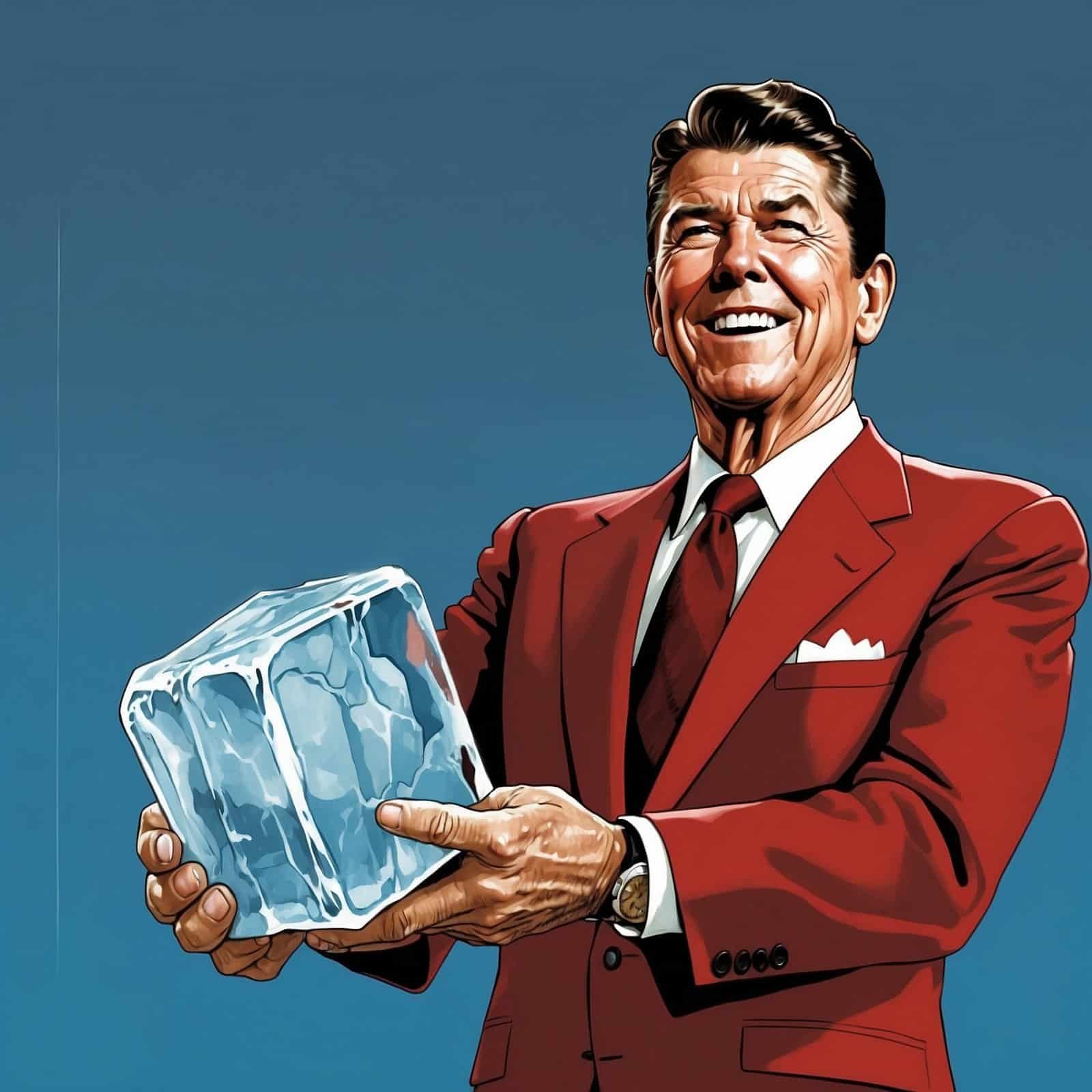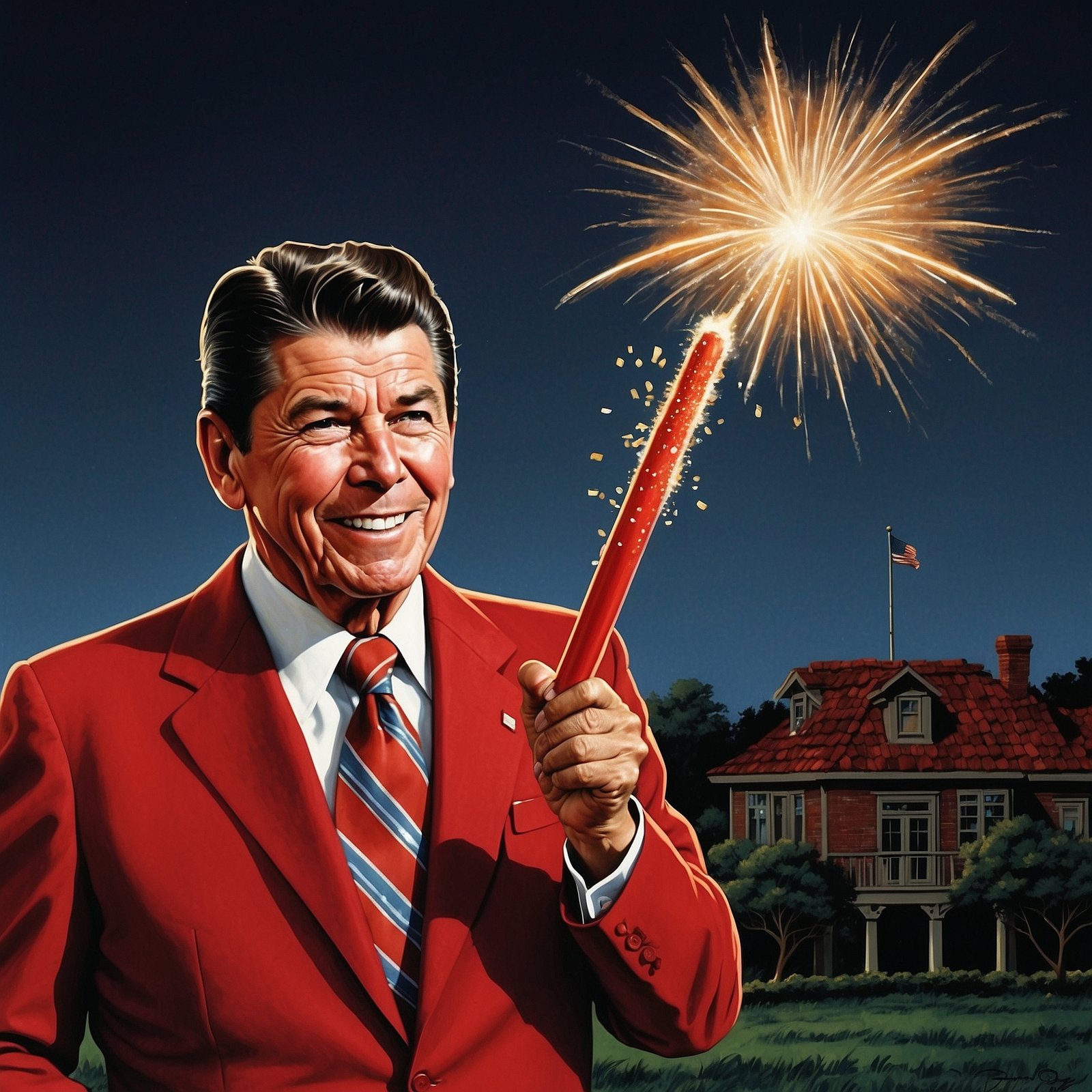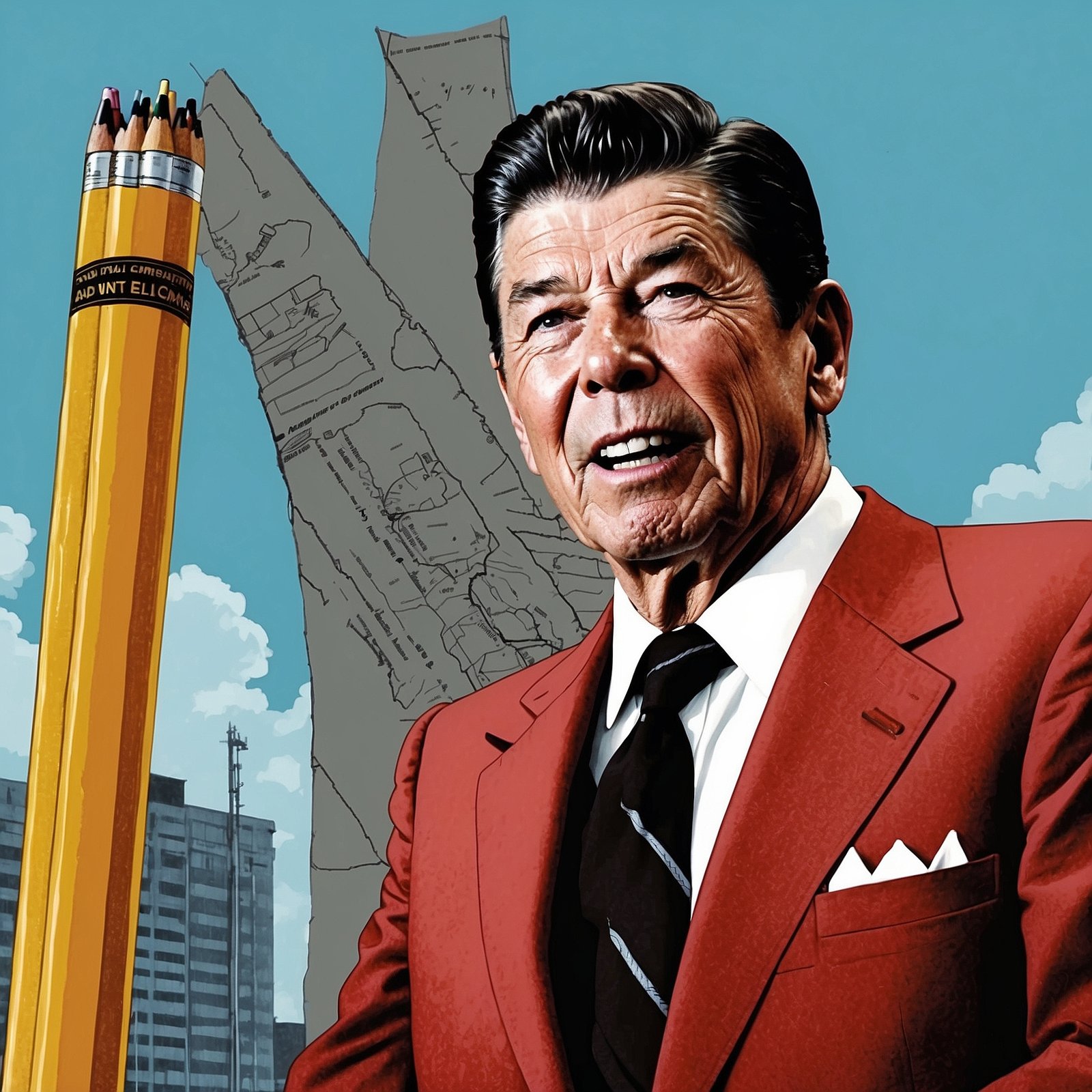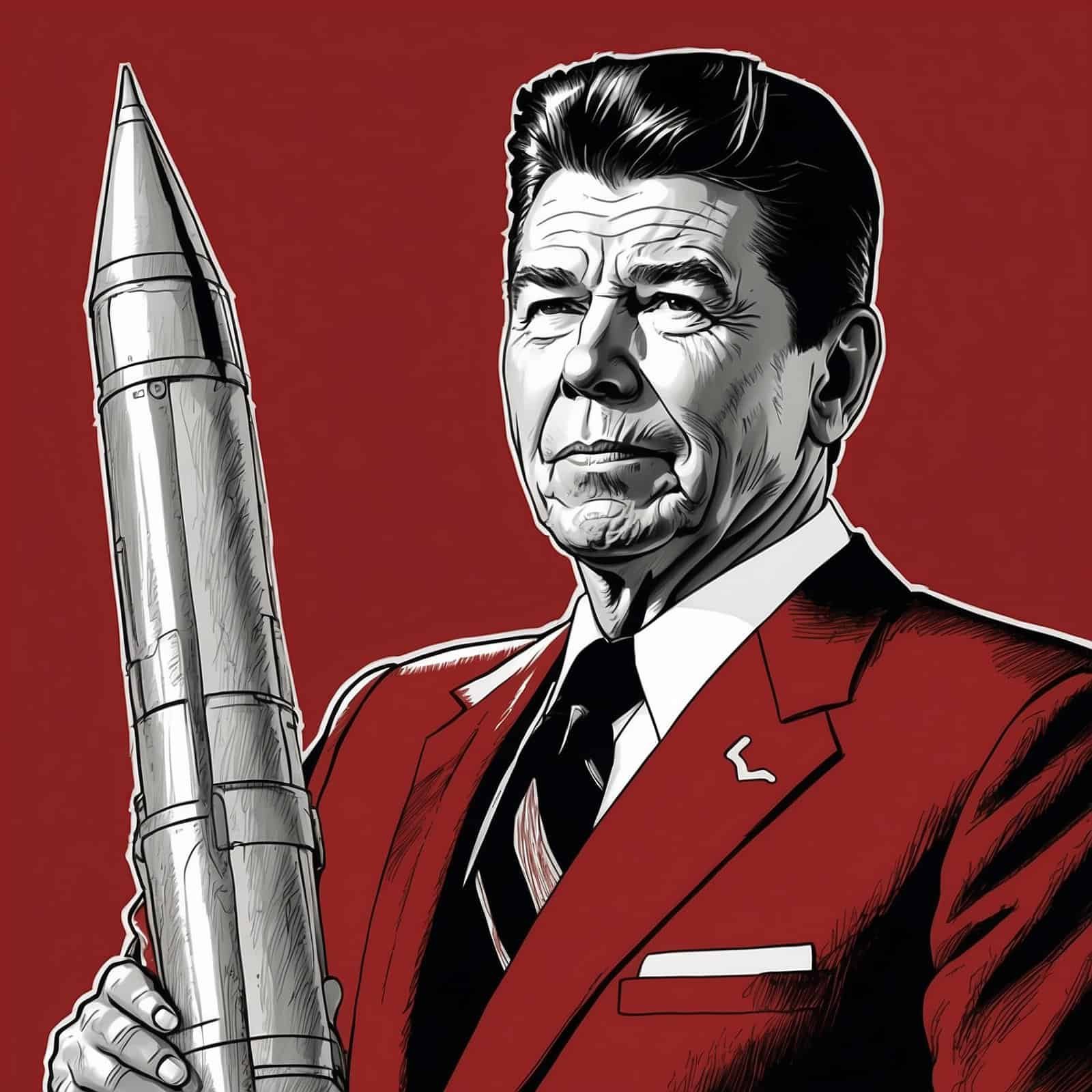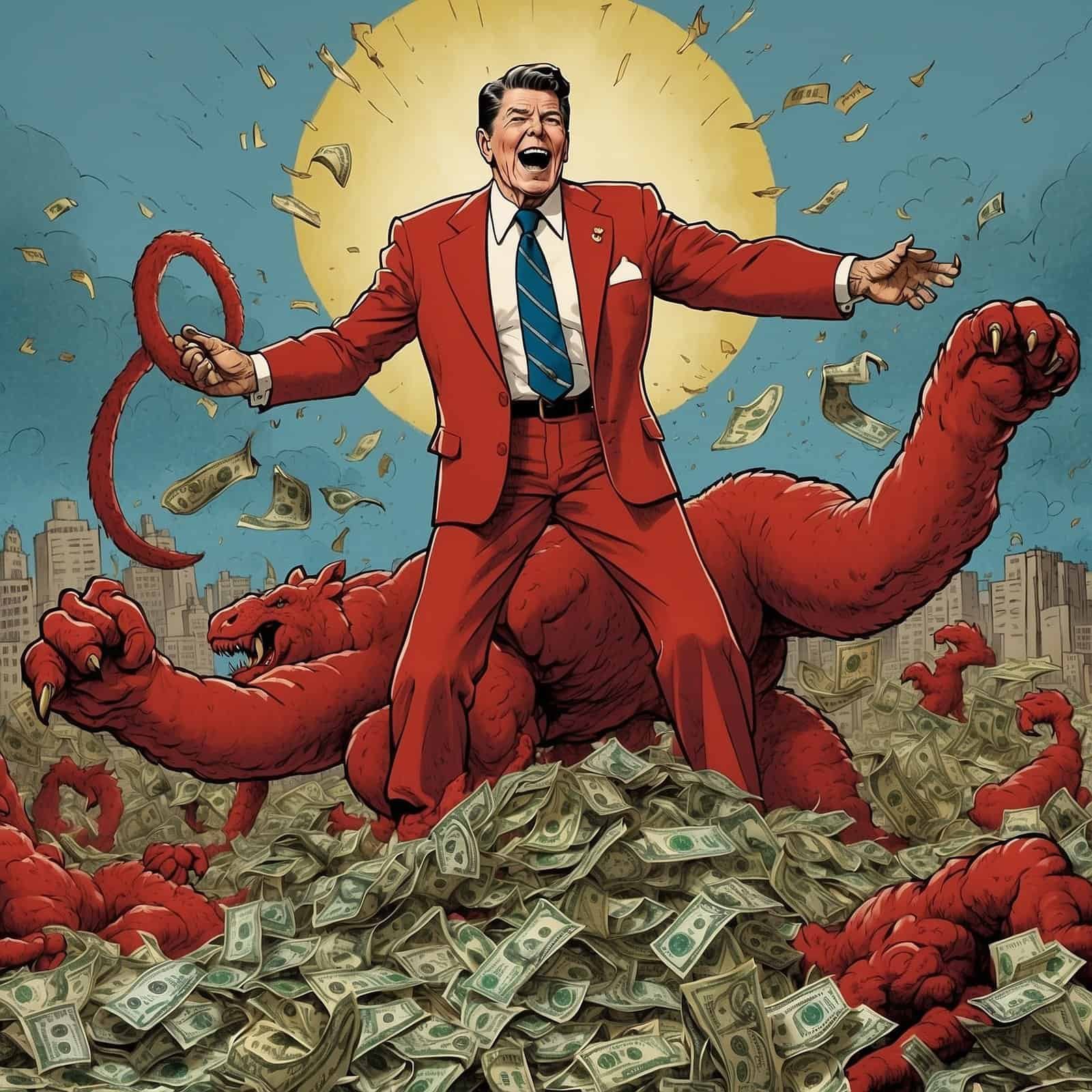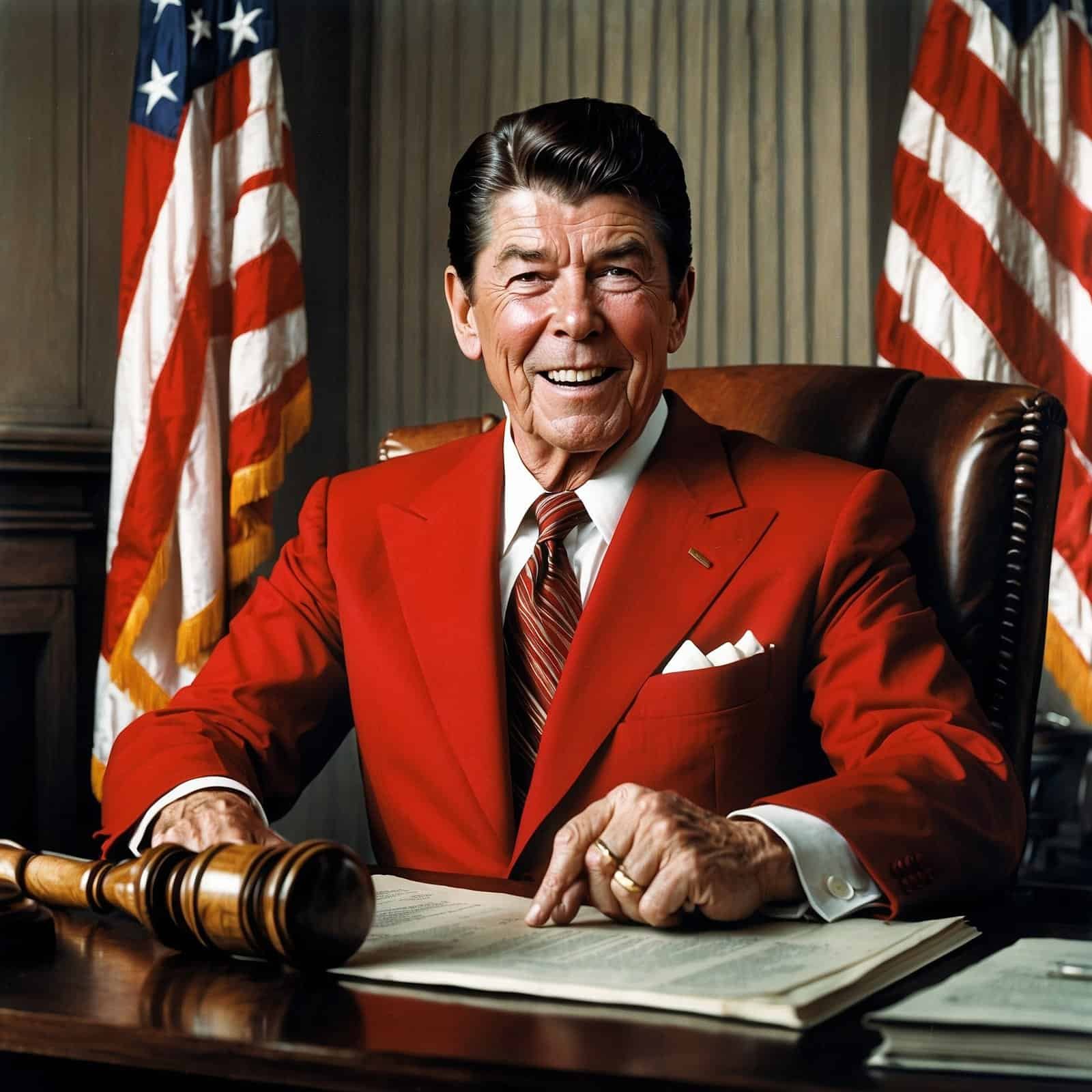Welcome to the 1980s, a decade where big hair ruled, Michael Jackson moonwalked, and Ronald Reagan transformed the American economy by championing the free market like a knight on a crusade. Reagan’s promotion of free markets wasn’t just an economic policy—it was a mission grounded in a deep belief in the power of individual enterprise and minimal government interference. In a time when the economy needed a serious boost, Reagan’s strategies were a breath of fresh air, bringing about a period of extraordinary growth and prosperity.
When Reagan entered office in 1981, the American economy was in a pickle, grappling with stagflation—stagnant growth coupled with high inflation. It was like trying to drive a car with the parking brake on and the gas tank leaking. But fear not! The Reagan administration rolled up its sleeves and got to work, focusing on tax cuts, deregulation, and encouraging private investment.
Reaganomics: The Economic Recovery Tax Act of 1981
The centerpiece of this effort was the Economic Recovery Tax Act of 1981, which slashed income tax rates across the board. This wasn’t just about letting people keep more of their hard-earned cash; it was about fueling economic activity by incentivizing investment and spending. Lower taxes meant more money in pockets, leading to increased consumer spending, more business investments, and consequently, job creation and higher wages. It was like giving the economy a triple shot of espresso!
The Reagan Tax Cuts: By the Numbers
- ➤ Top marginal tax rate reduced from 70% to 50%
- ➤ Lowest bracket reduced from 14% to 11%
- ➤ Personal exemption increased from $1,000 to $1,100
- ➤ Maximum capital gains tax rate lowered from 28% to 20%
Deregulation: Letting the Market Work Its Magic
But wait, there’s more! Let’s talk deregulation. Reagan believed that the government should get out of the way and let the market work its magic. He targeted industries burdened with excessive regulations, from airlines to telecommunications, and removed the bureaucratic barriers that stifled innovation and efficiency. Airlines, for example, benefited from deregulation with increased competition, resulting in lower fares and improved service. The energy sector saw similar moves, which encouraged the development of domestic resources and reduced dependency on foreign oil.
It’s like Reagan took a giant pair of scissors to the red tape that was strangling American businesses. Meanwhile, our liberal friends were probably busy trying to figure out how to regulate the air we breathe. (Spoiler alert: They’re still working on that!)
Opening Global Markets: America First, But Not Alone
Reagan’s push for free markets didn’t stop at the water’s edge. He championed free trade and opened global markets to American businesses. By reducing tariffs and embracing global competition, Reagan sought to position America as a leader in the global economy. The approach mirrored the conservative value of economic freedom, emphasizing that when businesses are free to compete and innovate, everyone benefits. The belief was clear: a rising tide lifts all boats, and by unshackling the economy, prosperity would naturally follow.
While Reagan was busy making America a global economic powerhouse, the Democrats were probably still trying to figure out how to make socialism work. (Spoiler alert again: They’re still at it, and it still doesn’t work!)
The Critics: Always a Party Pooper
Of course, this promotion of free markets wasn’t without its naysayers. There were voices, particularly from the liberal side, who argued that these policies disproportionately benefited the wealthy and increased income inequality. They pointed to the widening wealth gap as a sign that the benefits of Reagan’s policies weren’t equally distributed. However, Reagan and his supporters countered that the overall economic growth and job creation lifted standards of living across the board.
It’s almost as if the liberals were upset that people were getting rich without government handouts. The horror! Next thing you know, they’ll be complaining that people are too healthy because of all the vegetables they can now afford.
The Conservative Belief: Freedom, Not Micromanagement
The conservative emphasis on free markets is rooted in the belief that economic systems function best when driven by supply and demand with minimal government meddling. Reagan believed in the efficiency of the private sector and the innovation it spurred. Lower taxes and reduced regulations were seen as the best ways to encourage entrepreneurship, drive growth, and create jobs.
This was about empowering businesses and individuals to make their own economic decisions without the heavy hand of government steering the wheel. It’s like teaching someone to fish instead of giving them a fish… except in this case, it’s teaching them to build a fishing empire while the government cheers from the shoreline.
Reagan’s Economic Legacy: The Numbers Don’t Lie
- 📈 GDP growth averaged 3.5% annually
- 💼 20 million new jobs created
- 💰 Median household income rose by 11%
- 📉 Inflation dropped from 13.5% to 4.1%
Conclusion: The Gipper’s Grand Slam
In conclusion, Ronald Reagan’s promotion of free markets was a home run in American economic history. Through tax reforms, deregulation, and a commitment to free trade, Reagan revitalized an economy that had been stagnant and suffocating under too much government control. The result was a robust period of growth that underscored conservative values of economic freedom and individual responsibility.
So here’s to Ronald Reagan—the leader who knew that sometimes the best way for the government to help is to step aside and let the market do its work. While he was busy making America great again (sound familiar?), the Democrats were probably still trying to figure out how to make everyone equally miserable under socialism.
In the grand economic race of the 1980s, Reagan’s policies left the liberals eating dust, proving once and for all that when it comes to economic prosperity, conservatism isn’t just right—it’s righteous!
Table of Contents
- Reaganomics: The Economic Recovery Tax Act of 1981
- Deregulation: Letting the Market Work Its Magic
- Opening Global Markets: America First, But Not Alone
- The Critics: Always a Party Pooper
- The Conservative Belief: Freedom, Not Micromanagement
- Conclusion: The Gipper’s Grand Slam

